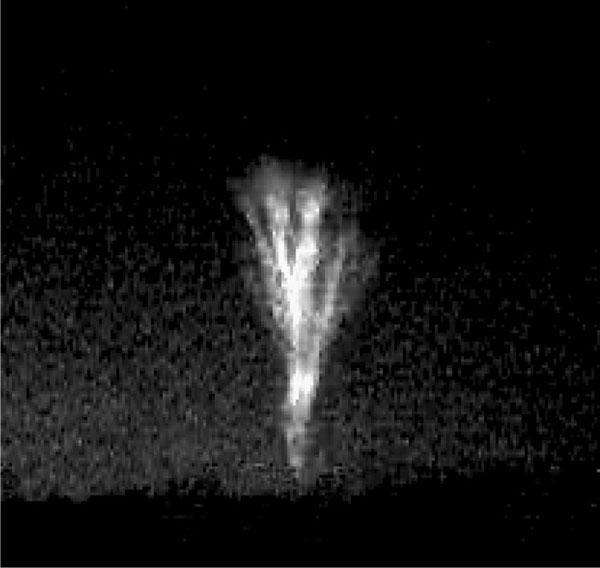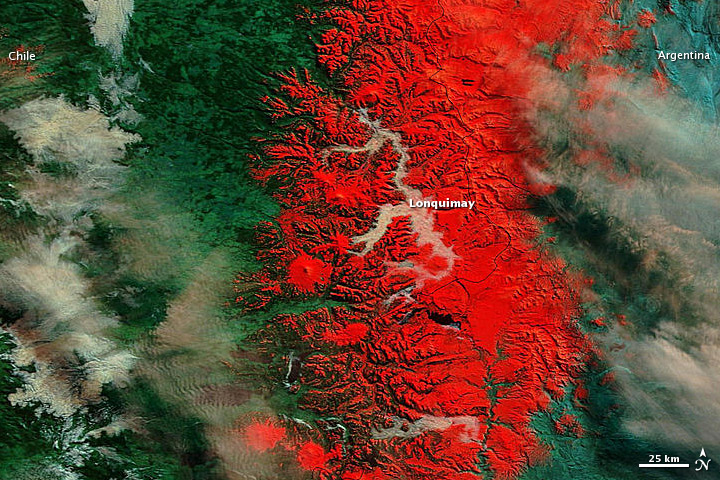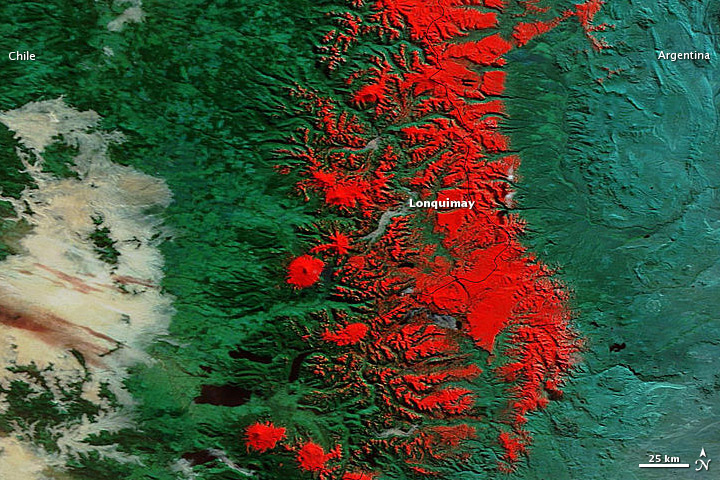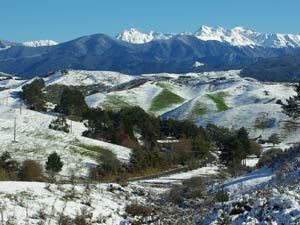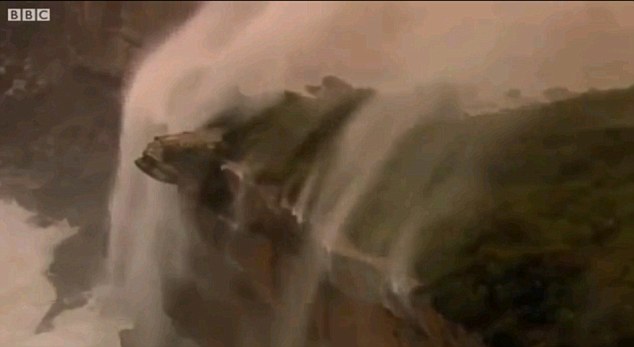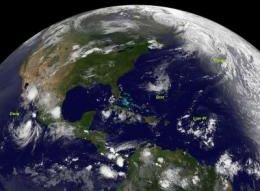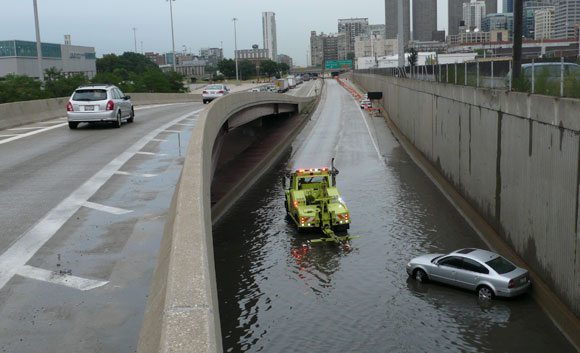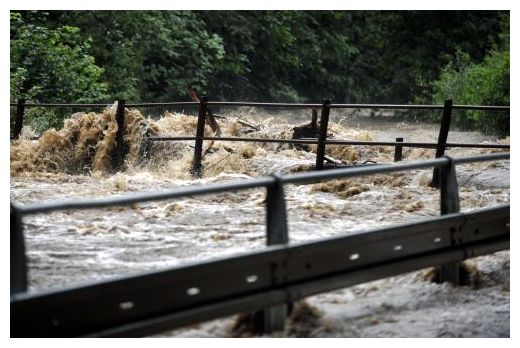
The students died as mud and debris engulfed them as they slept in a resort cabin in Chuncheon, about 68 miles (110 kilometers) northeast of the capital Seoul, said Byun In-soo of the town's fire station. A married couple and a convenience store owner also died.
About 500 officials and residents worked to rescue people trapped in the mud and wreckage. Twenty-four people were injured and several buildings destroyed, officials said. Witnesses interviewed on television likened the sound of the landslide to a massive explosion or a screaming freight train and described the screaming they heard as buildings were carried away by rivers of mud.
In southern Seoul, 16 people died when mud crashed through residences at the foot of a mountain, emergency official Kim Jong-seon said. Three others also died after a stream just south of Seoul flooded, Kim said, and 10 people were reported missing throughout the country.
